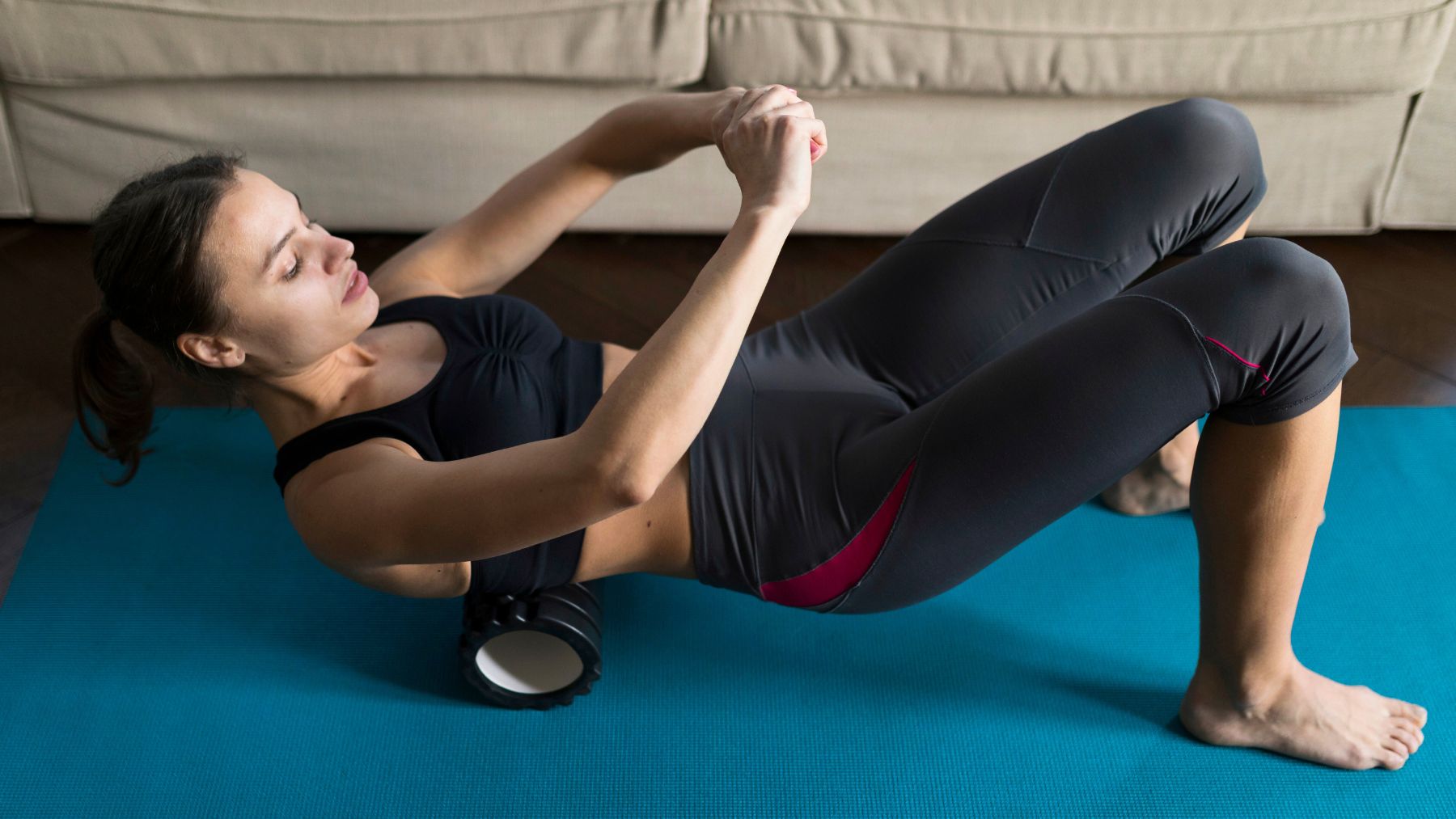Your core is involved in nearly everything you do, from standing up straight to carrying groceries. It’s not just about the abs you see in the mirror—it’s a group of muscles that support your spine, pelvis, and posture. Without strength there, even simple movements can feel harder, and your risk of injury goes up.
Harvard experts stress that building core strength is essential for aging well, preventing falls, and protecting your back. Researchers and physical therapists from Harvard Health have highlighted three simple exercises—plank, deadbug, and diagonal chop—that target multiple core muscles at once. Let’s take a closer look at how they work and their benefits.
Core exercises that keep your core strong
The core includes the rectus abdominis, obliques, and transverse abdominis in your abdomen, along with muscles in the back and pelvis. Together, they stabilize your spine, transfer power between your upper and lower body, and help maintain balance. When these muscles weaken—whether from age or sitting too much—daily activities can become harder and falls more likely.
Regular core training helps maintain stability, reduces back strain, and improves coordination in movements like twisting, lifting, or swinging a golf club. Harvard specialists recommend adding focused core work to your routine two to four times per week. The following exercises use bodyweight or light resistance to challenge your stability in safe and effective ways.
Deadbug
The deadbug is done lying on your back, making it an excellent choice if standing exercises are uncomfortable. You start with your knees bent at 90 degrees and your arms reaching toward the ceiling. Then, extend one arm overhead while lowering the opposite leg a few inches above the floor, keeping your core tight. Switching sides trains coordination as well as strength.
This move challenges deep stabilizing muscles like the transverse abdominis, which helps protect the spine. It also builds endurance in the abdominal wall without putting strain on the lower back.
Diagonal chop
The diagonal chop combines rotation with resistance. Standing with a light dumbbell or medicine ball at your side, you twist through the torso to lift the weight across your body and up past your opposite shoulder. The return to the starting position completes the rep.
This exercise mimics real-life movements such as reaching, swinging, or throwing. It strengthens both internal and external obliques while improving control during twisting motions. For those with mobility issues, it can also be performed while seated.
Plank
The plank remains a classic for a reason. By supporting your body weight on your forearms and toes, you activate nearly every core muscle along with your shoulders and glutes. The key is keeping your body straight, like a board, without letting your hips sag.
Holding a plank builds endurance and stability. It also reinforces posture by training your muscles to work together in balance. Beginners can modify by using straight arms or leaning against a table, while advanced exercisers can extend hold times for more challenge.
A strong core supports every move your body makes. Adding simple exercises like deadbugs, diagonal chops, and planks to your weekly routine can go a long way toward keeping you active, stable, and pain-free as you age.

